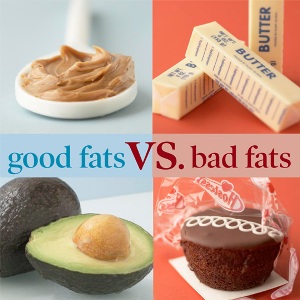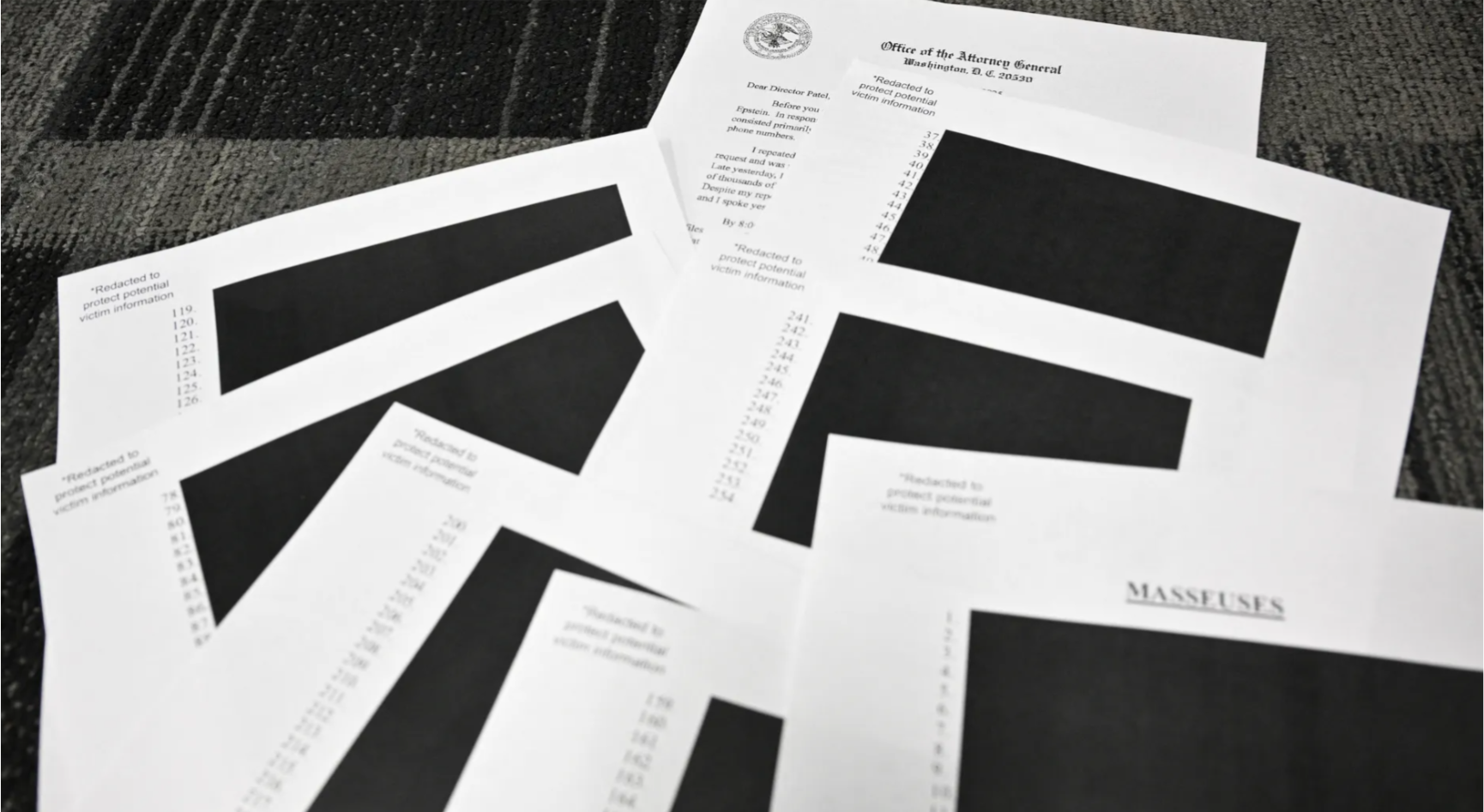(ThyBlackMan.com) All fats aren’t bad, and in order to lower your cholesterol levels and cut down your risk of heart disease, it isn’t necessary to eliminate all dietary fats—just the bad ones. Good fat actually reduces high cholesterol and keeps your heart healthier.
The Bad Fats
• Saturated fat. This type of fat (along with trans fats) is what leads to high cholesterol caused by diet. This is an unhealthy fat found in animal products like beef, lamb, pork, butter, cheese, cream and other whole-milk dairy  products. Certain plant oils, like coconut oil, also contain saturated fat.
products. Certain plant oils, like coconut oil, also contain saturated fat.
• Trans fats and hydrogenated fats. Trans fats and hydrogenated fats are dietary fats created when processed; fattening ingredients like margarine and shortening are made. Many processed foods, commercially prepared baked goods, and fried foods contain trans and hydrogenated fats, which when ingested lead to high cholesterol.
• Cholesterol. Cholesterol is actually a fat-like material that we get in our diet by eating chicken, beef, pork, eggs, and whole-milk dairy products—many of the same foods that contain saturated fats. Limiting intake of foods with high cholesterol content boosts heart health and lowers cholesterol.
The Good Fats
• Polyunsaturated fat. This unsaturated fat is found in healthy, cholesterol-lowering foods like flaxseeds, sunflower seeds and walnuts. Omega-3 fats are a type of polyunsaturated fat. You can bulk up on this good fat by eating fish two to three times a week; try great sources like salmon and mackerel. Plant oils are also a good source of polyunsaturated fats (sunflower, corn and soybean oils).
• Monounsaturated fat. This unsaturated fat is found in certain plant oils, such as olive and canola oils. You can also get this good fat in your diet by eating nuts (such as pecans, almonds and hazelnuts), seeds (including pumpkin and sesame) and avocados.
Making Changes to Your Diet
If you have high cholesterol, make these smart and delicious changes to your meals to satisfy your heart and your appetite.
• Get butter out of the pan—Cooking with canola, olive, soybean, flaxseed or sunflower oil instead of butter or margarine is a good place to start switching from bad to good fats in your diet.
• Ditch the beef—Replace beef burgers with grilled turkey burgers; replace steak with lean skinless chicken breasts.
• Choose fish—Salmon is a healthy, rich and delicious alternative to meat, especially for people with high cholesterol.
• Snack crunchy, not greasy—Snack on nuts instead of potato chips; apples and carrots also make great crunchy snacks.
• Add avocado. It’s a satisfying meat alternative for sandwiches and wraps, and a tasty topping for salads.
• Slim down your dairy—When drinking milk or eating dairy products like cheese and cream, look for low-fat or non-fat versions.
• Enjoy egg whites—The yolks contain a lot of cholesterol, so to enjoy a delicious dish without them; whip up an egg-white-only omelet. Add some fresh herbs, vegetables, low-fat cheese or avocado for an even better taste.
Know Your Limits
The American Heart Association recommends that less than 7% of your daily calorie intake be from saturated fat, with less than 1% coming from trans fats. And even good fat can be harmful if not monitored—you can’t just eat all you want. Total fat consumption each day should be 25–35% of your total daily caloric intake or lower.
Cholesterol intake should be less than 300 milligrams per day for people with healthy cholesterol levels. But for those with high cholesterol, less than 200 milligrams of cholesterol should be your daily limit.
If you have high cholesterol, start reading labels; it’s the only way you’ll ever know what you’re eating. Avoid saturated and trans fats as much as possible because your body doesn’t need them, and experiment with healthy recipes and exciting new flavors to satisfy your taste buds as you lower your cholesterol.
Written By Syleena Johnson

















Leave a Reply